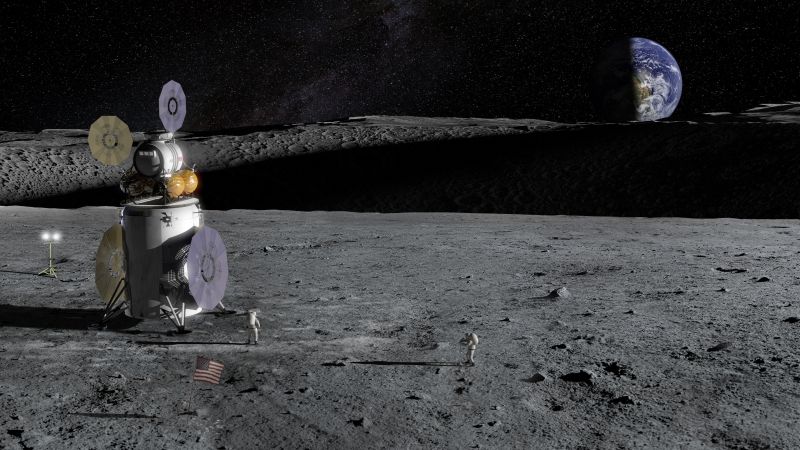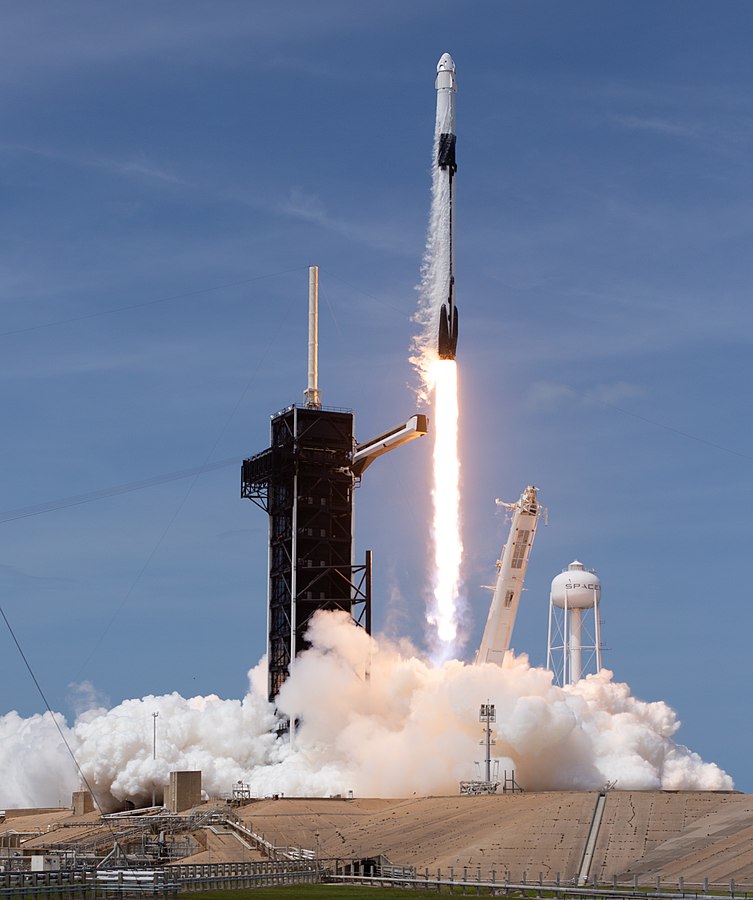In a recent study, a collaborative team of researchers discuss the potential for future lunar settlers to establish a backup data storage system of human activity in the event of a global catastrophe on Earth that could be used to recover human civilization on a post-catastrophe planet. This comes as NASA’s Artemis missions plan to send people back to the Moon for the first time since 1972, coupled with current global events such as the ongoing coronavirus pandemic and the War in Ukraine, with Russian President Vladimir Putin recently threatening nuclear war. Given the current state of world affairs, how important is it to establish a type of off-world data backup?
Continue reading “The Moon is the Perfect Spot for Humanity’s Offsite Backup”Scientists Have Been Underestimating the Asteroid That Created the Biggest Known Crater on Earth
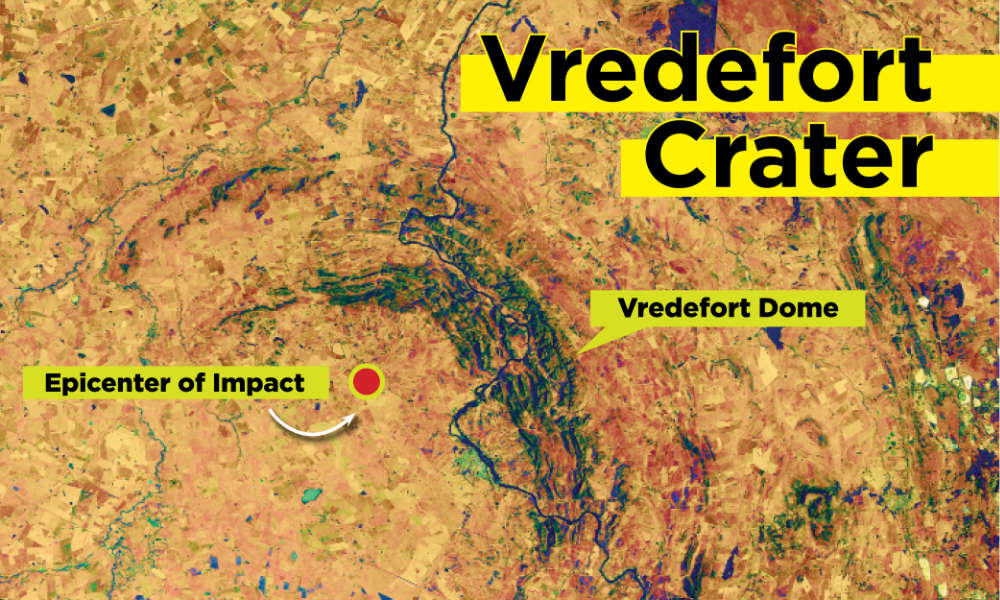
Ancient impacts played a powerful role in Earth’s complex history. On other Solar System bodies like the Moon or Mercury, the impact history is preserved on their surfaces because there’s nothing to erase it. But Earth’s geologic activity has erased the evidence of impact craters over time, with some help from erosion.
Earth’s complex history has elevated its status among its Solar System siblings and created a world that’s rippling with life. Ancient giant impacts have played a role in that history, bringing catastrophe and disruption and irrevocably changing the course of events. Deciphering the role these giant impacts played is difficult since the evidence is missing or severely degraded. So how do scientists approach this problem?
One crater at a time.
Continue reading “Scientists Have Been Underestimating the Asteroid That Created the Biggest Known Crater on Earth”Mars did Have Moving Glaciers, but They Behaved Differently in the Planet's Lower Gravity
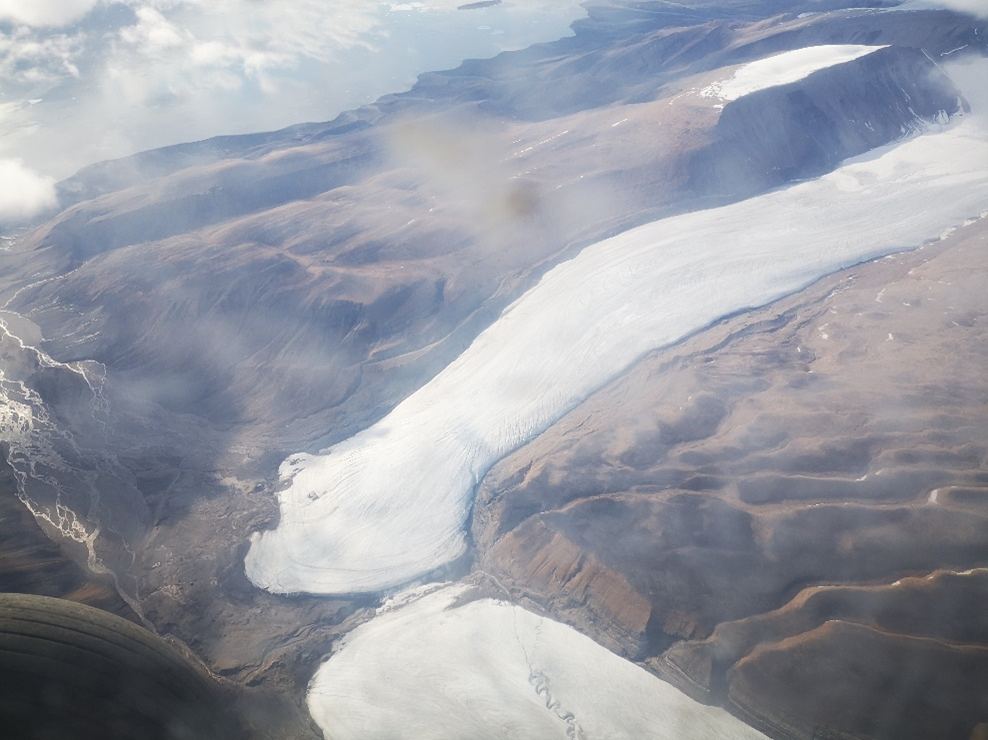
On Earth, shifts in our climate have caused glaciers to advance and recede throughout our geological history (known as glacial and inter-glacial periods). The movement of these glaciers has carved features on the surface, including U-shaped valleys, hanging valleys, and fjords. These features are missing on Mars, leading scientists to conclude that any glaciers on its surface in the distant past were stationary. However, new research by a team of U.S. and French planetary scientists suggests that Martian glaciers did move more slowly than those on Earth.
Continue reading “Mars did Have Moving Glaciers, but They Behaved Differently in the Planet's Lower Gravity”More Rocket Launches Could Damage the Ozone Layer
There are few things in this world that brings feelings of awe and wonder more than a rocket launch. Watching a literal tower of steel slowly lift off from the ground with unspeakable power reminds us of what humanity can achieve despite our flaws, disagreements, and differences, and for the briefest of moments these magnificent spectacles are capable of bringing us all together regardless of race, creed, and religion.
Continue reading “More Rocket Launches Could Damage the Ozone Layer”The Rapid Changes We’re Seeing With the Earth’s Magnetic Field Don’t Mean the Poles are About to Flip. This is Normal
One of the most interesting discoveries about Earth in the past few decades concerns the Earth’s magnetic poles. Paleomagnetic records show that the poles have flipped places 183 times in the last 83 million years. That’s about every 450,000 years on average, though there were ten million years between flips in at least two cases.
The Earth’s magnetic field is experiencing some rapid changes right now, but scientists say that has no relation to pole flipping.
Continue reading “The Rapid Changes We’re Seeing With the Earth’s Magnetic Field Don’t Mean the Poles are About to Flip. This is Normal”Antarctica Lost an Ice Shelf, but Gained an Island
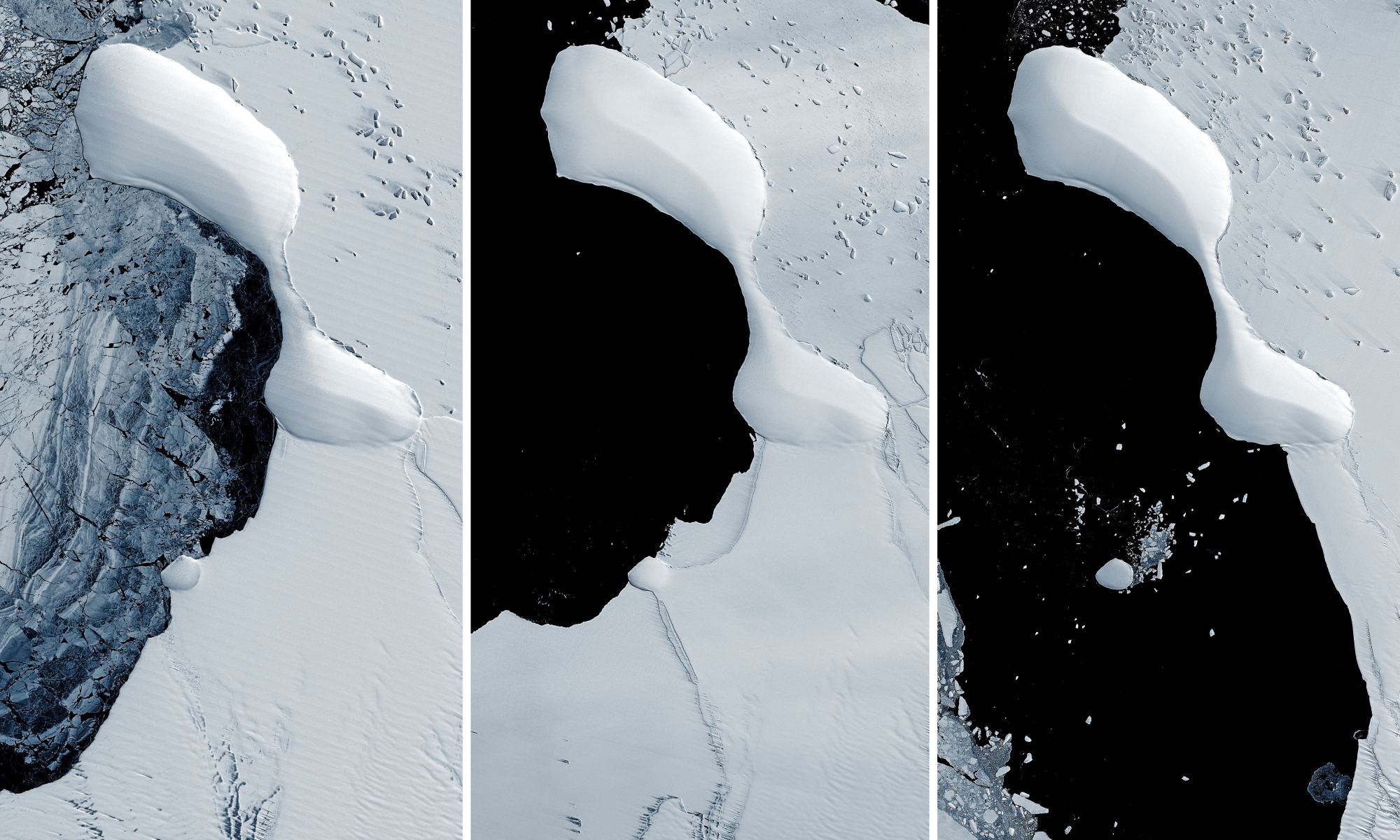
Collapsing ice shelves on the eastern coast of Antarctica has revealed something never seen before: a landform that might be an island. But this is not the first newly revealed island off the Antarctic coast. A series of islands have appeared as the ice shelves along the continent’s coastline has disintegrated over the past few years.
Continue reading “Antarctica Lost an Ice Shelf, but Gained an Island”Just a Few Pixels Would let Astronomers Map Surface Features on an Exoplanet Like Oceans and Deserts
Direct images of exoplanets are rare and lack detail. Future observatories might change that, but for now, exoplanet images don’t tell researchers very much. They merely show the presence of the planets as blobs of light.
But a new study shows that only a few pixels can help us understand an exoplanet’s surface features.
Continue reading “Just a Few Pixels Would let Astronomers Map Surface Features on an Exoplanet Like Oceans and Deserts”Marsquakes are Caused by Shifting Magma
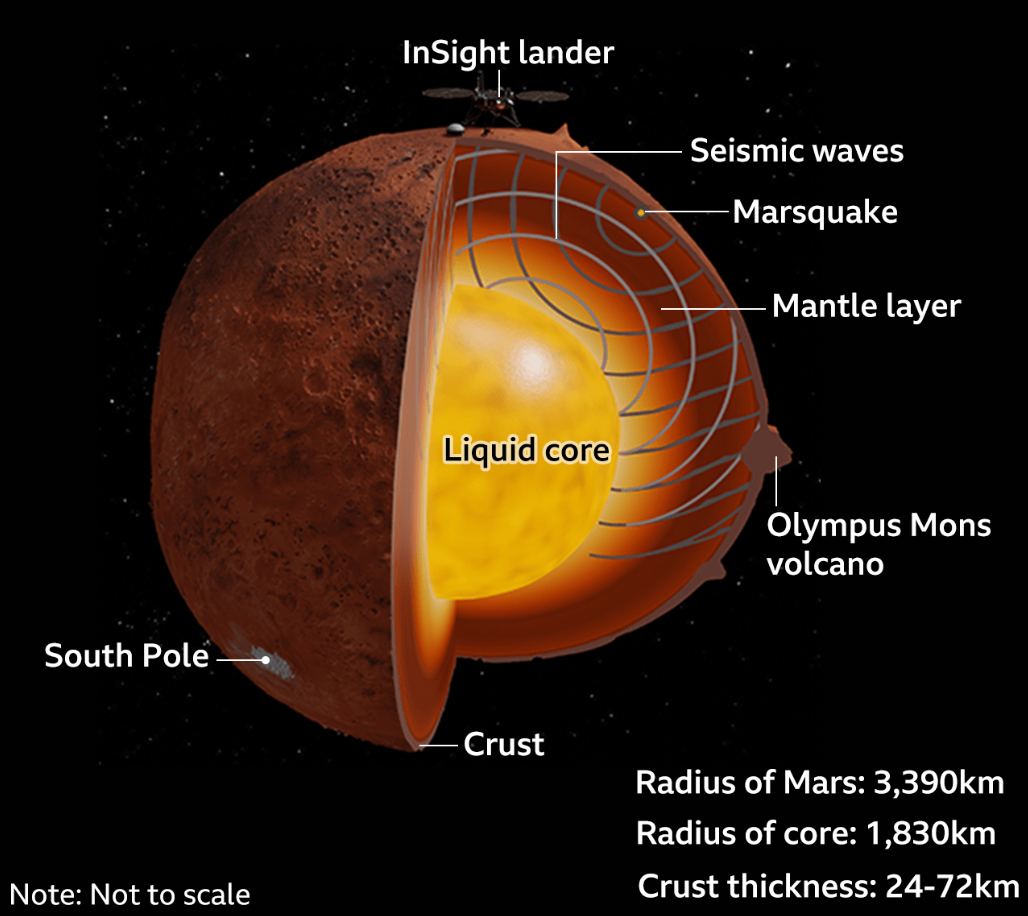
Before the InSight Lander arrived on Mars, scientists could only estimate what the planet’s internal structure might be. Its size, mass, and moment of inertia were their main clues. Meteorites, orbiters, and in-situ sampling by rovers provided other clues.
But when InSight (Interior Exploration using Seismic Investigations, Geodesy and Heat Transport) arrived on Mars in November 2018 and deployed its seismometer, better data started streaming in.
Continue reading “Marsquakes are Caused by Shifting Magma”Primordial Helium, Left Over From the Big Bang, is Leaking Out of the Earth
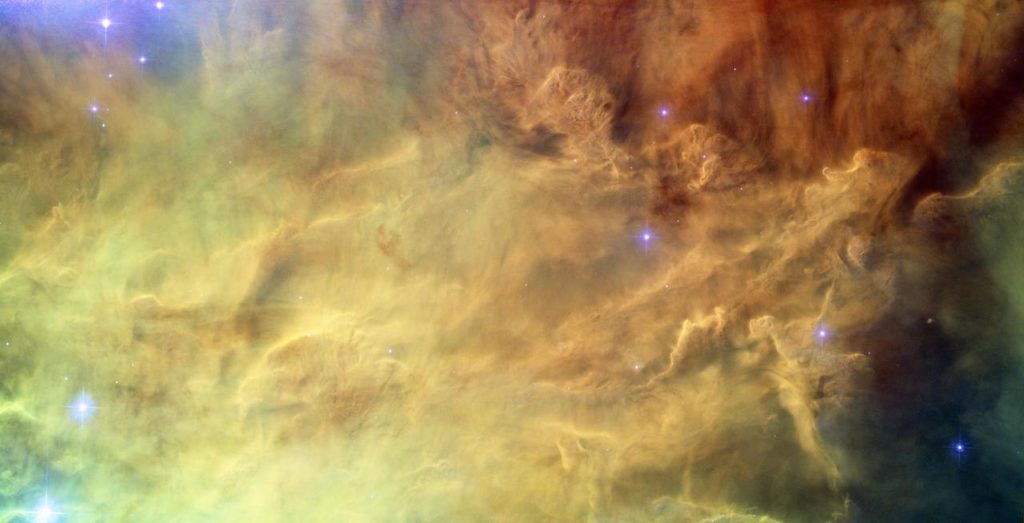
Something ancient and primordial lurks in Earth’s core. Helium 3 (3He) was created in the first minutes after the Big Bang, and some of it found its way through time and space to take up residence in Earth’s deepest regions. How do we know this?
Scientists can measure it as it slowly escapes.
Continue reading “Primordial Helium, Left Over From the Big Bang, is Leaking Out of the Earth”The Building Blocks of Earth Could Have Come From Farther out in the Solar System
Earth formed over 4.5 billion years ago via accretion. Earth’s building blocks were chunks of rock of varying sizes. From dust to planetesimals and everything in between. Many of those chunks of rock were carbonaceous meteorites, which scientists think came from asteroids in the outer reaches of the main asteroid belt.
But some evidence doesn’t line up well behind that conclusion. A new study says that some of the Earth-forming meteorites came from much further out in the Solar System.
Continue reading “The Building Blocks of Earth Could Have Come From Farther out in the Solar System”
